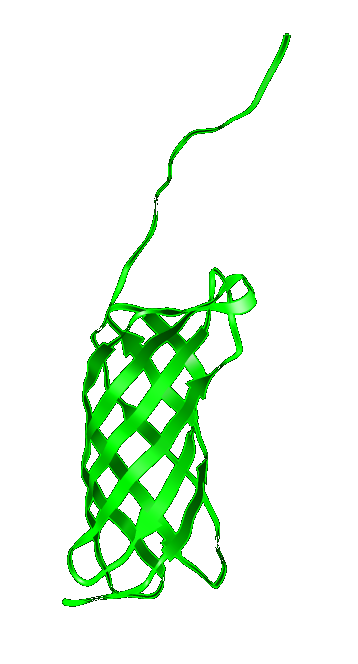Part:BBa_K103006
OmpA outer membrane protein A fused to linker; displays proteins on cell surface
One of our basic bricks used to create fusions attached to outer membrane
Improvement by NEFU-China
Lpp-OmpA, a signal peptide can be used as an outer-membrane-targeting anchor in E. coli. Proteins fused to OmpA-link can be presented on cell surface.
Our team modified the signal peptide sequence to make it more conducive to direct our FABP to anchor to the outer membrane of E.coli. We reduced several amino acids at the N-end of the peptide chain so that the sequence was shorter than that in the Registry of iGEM, BBa_K103006, from University of Warsaw 2008 iGEM team, but the FABP with our signal peptide BBa_K2302003(https://parts.igem.org/Part:BBa_K2302003) was expressed in high level. In the meantime, we used codon optimization to further improve the expressed level of FABP. The result showed that expressed levels of FABP with our shorter signal peptides were higher than that in the Registry of iGEM.
Result
E. coli was induced in 37℃ and membrane protein was separated by ultracentrifugation. The result of western blot showed the difference at the expressed levels of Lpp-ompA-L-FABP in E. coli transformed by the recombinant plasmid, indicated that the expressed levels of FABP with our shorter signal peptides were higher than that with BBa_K103006 in the Registry of iGEM.

Toulouse_INSA-UPS’s 2022 Characterization of OmpA
Crystallographic structure of OmpA
Toulouse_INSA_UPS_2022 contributed to the characterization of this part. The team added this year
the Lpp-OmpA (AA 46 to 159) crystallized structure from the Protein Data Bank (PDB) (accession number: 1G90), thus providing new
structural information to the whole protein prediction from Warsaw's 2008 iGEM team.

Figure 1: 3D structure of Lpp-OmpA (AA46 to 159) derived from E. coli (PDB: 1G90). The arrows represent 𝛽-sheets which here form a 𝛽-barrel across the outer membrane. The loops in red face the extracellular media while the blue-ones face the periplasm.
More information about the project for which the part was created: DAISY (INSA-UPS 2022)
Link
【1】https://parts.igem.org/Part:BBa_K2302003
【2】http://2017.igem.org/Team:NEFU_China
Sequence and Features
- 10COMPATIBLE WITH RFC[10]
- 12COMPATIBLE WITH RFC[12]
- 21COMPATIBLE WITH RFC[21]
- 23COMPATIBLE WITH RFC[23]
- 25COMPATIBLE WITH RFC[25]
- 1000COMPATIBLE WITH RFC[1000]
| None |

 1 Registry Star
1 Registry Star